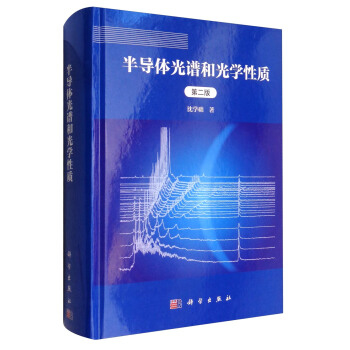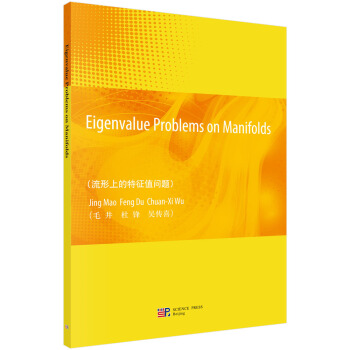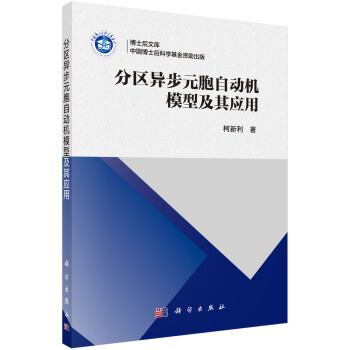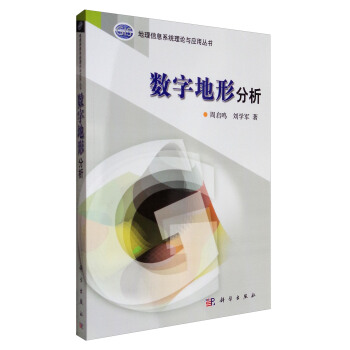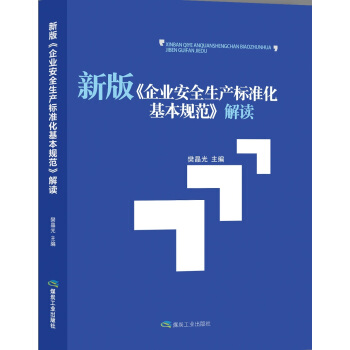![電磁復閤材料手冊(影印版) [Electromagnetic Composites Handbook:Models, Meassurement, and Characterization(Second Edition)]](https://pic.tinynews.org/12067957/59197b1dNb7ac327f.jpg)

具體描述
內容簡介
《電磁復閤材料手冊(影印版)》是美國McGraw-Hill Education公司2016年齣版的Electromagnetic Composites Handbook Second Edition的影印版。《電磁復閤材料手冊(影印版)》從理論、計算和實驗的角度進行材料的錶徵,涉及非導電介質、半導體材料、導電材料、磁性材料和復閤材料等,共提供瞭300多種材料的相關數據。
《電磁復閤材料手冊(影印版)》作者裏剋·摩爾於1978年獲得佐治亞理工學院物理學博士學位。多年來專注於電磁測量和光子結構、縴維材料、復閤材料的研究,發錶相關科技論文150餘篇。
內頁插圖
目錄
PrefaceAcknowledgments
Introduction
Outline
References
Chapter 1. Introduction to Wave Equations and Electromagnetic Constitutive Parameters
1.1 Maxwell's Equations and Field Sources
1.2 PermittivityandCharge
1.3 PermeabilityandCurrent
1.4 Wave Equations for Homogeneous and Inhomogeneous Materials
1.5 HomogeneousPropagationinLinearMedia
1.6 Conclusion
References
Chapter 2. Sources and Dispersion for Polarization and PermittMty e(f)
2.1 Sources ofPermittivity, Resistivity, and Conductivityin Materials
2.2 Modeling Material Complex Permittivity and Its Frequency Dependence
2.3 Small Damping
2.4 DC, Zero Frequency, and DC Scaled Permittivity
2.5 Combined Models for Permittivity
2.6 CouplingPermittivityandPermeability
2.7 Additional Bound Charge Contributions to Permittivity and Frequency Dispersion
2.8 PermittMtyVariationwithTemperature
References
Chapter 3. Sources and Dispersion of Magnetization and Permeability μ(f)
3.1 Sources of Permeability
3.2 Frequency Dispersion in Magnetic Materials
3.3 Susceptibility Models for Data Analysis
3.4 An Overview of Micromagnetic Models
3.5 Kramers-Kronig(KK) Relationships
3.6 Temperature-Dependent Permeability
References
Chapter 4. Fundamental Observables for Material Measurement
4.1 Introduction
4.2 Scattering of Plane Waves from Homogeneous Planar Boundaries and Material Slabs
4.3 Single Planar Slab of Material
4.4 Scattering: Cascade Matrix Method for Multi-Boundary MaterialAnalysis
4.5 Scattering from a Shunt Planarlmpedance Sheet
4.6 Transmission and Reflection from Anisotropic Laminates
4.7 A Numerical Anisotropic Material Example
4.8 Conclusion
References
Chapter 5. Composites and Effective Medium Theorles
5.1 Introduction
5.2 EMT Development Timeline
5.3 Limitations and Derivation of EMTs
5.4 Scattering Functions for Spheres
5.5 Scattering and EMT of Large-Aspect Ratio Particle Geometries
5.6 Layered Inclusions
5.7 Model Choices: Importance ofConduction and Particulate Interaction
References
Chapter 6. Conducting-Dielectric and Magneto-Dielectrk Composites
6.1 Introduction
6.2 Percolation, Dimensionality, Depolarization, and Frequency Dispersion in Semiconducting, Conducting-Dielectric Composites
6.3 MagneticEffectiveMedia
References
Chapter 7. Numerical Models of Composites
7.1 Method of Moment Modeling and Laminated Composites
7.2 Fuute Difference Time Domain Simulations
7.3 Comments for Chapters 5 to 7
References
Chapter 8. Electromagnetic Measurement Systems Summary for RF-Mlllimeter Wavelengths
8.1 An Introductionto WidebandMaterial Metrology
8.2 Error Correction,Calibration,and Causality
8.3 Historical: Von Hippel and the Slotted Line
8.4 Summary of Measurement Techniques
8.5 Nonresonant Techniques: GeneralTransmission Line Measurement Guidelines and Procedures
8.6 Cylindrical Waveguide
8.7 Coaxial Lines
8.8 Stripline Measurements
8.9 Focused Beam Free Space System
8.10 Focused Beam Technical Description
8.11 Calibration,Measurements,and Discussion
References
Chapter 9. Resonant Techniques for Material Characterization
9.1 ResonantCavities
9.2 Overview ofthe TEiOp Measurement Technique
9.3 ParallelPlate Stripline (TEM) Cavity
……
Chapter 10. Transmission Line, Free Space Focused Beam and TE10N Measurement Details
Chapter 11. Micrometer and Nanoscale Composites
Chapter 12. Measured Data of Materials and Composites
Index
前言/序言
Arthur Von Hippel's book, Dielectric Materials and Application, was published in 1954. At the time, the development of composites for electrical and efectromagnetic technologies was just beginning. Thus, dielectric and magnetic theory, models, measurement techniques, and measured data that were presented by Von Hippel emphasized homogeneous isotropic materials composed of a single molecular species or compound. The vast majority of those materials were electrically insulating and nonmagnetic.Semiconductor production was in developmental phase, but samples for waveguide measurements (as used by Von Hippel) were not available and the importance ofsemiconductors for everyday technology was not yet recognized. Shockley's patent on the transistor (#2569347) was just 6 years old. Ferrites were known; however, their application in radio and microwave technology for phase shifters, filters, and isolators were just being realized. Ihey are now applied for suppression of radio frequency interference on computer mother boards, integrated circuits, communication networks, and in electrically small antennas. The use of fiber and laminate-based composites in electromagnetic technologies did not begin until the 1970s.
The Electromagnetic Composites Handbook is designed as an engineering and scientific handbook that extends the Von Hippel text to include data on additional nonconducting dielectrics, semiconducting, conducting, and magnetic materials and composites composed of two or more molecularly distinct compounds that are distributed in size scales from nanometers to centimeter dimensions. The development of models that attempt to predict composite constitutive parameters, using constitutive parameters of their constituents, is a parallel effort. The models support predictions of and comparison to measured permittivity and permeability. Permittivity, permeability, impedance, and conductivity data for solids and composites are presented for frequencies from about 1 MHz to 1000 GHz.
Chapters of this book are devoted to the descriptions of electromagnetic constitutive parameter
sources, procedures and equipment to measure the parameters, propagation models in composites, prediction of composite properties, and measured constitutive parameter data for the electromagnetic spectrum of wavelengths larger than a few micrometers but mostly in the meter to millimeter wavelengths. Each chapter concludes with a list of references for that chapter. These are indicated in each chapter's text in brackets. MK units are primarily used throughout this book; however, English or CG units may occasionally enter into discussion. The analysis crosses scientific and technological boundaries and thus the scientific complex operator, i, sometimes appears rather than the engineering j for the complex numbers. Note that in the data tables a positive sign, +, is adopted for dielectric and magnetic loss. Modeling and theory chapters discuss various composite models and then apply the most successful analytical and numerical methodologies to typical electromagnetic design problems that often use electromagnetic composites in their solution, again for wavelengths larger than a few micrometers.
Reflection and transmission line measurements, such as those of Von Hippel, are the framwork from which composite material measurements began and those measurement techniques are reviewed. The review is followed by a discussion of advances in the measurement technology ince 1980. For example, the microwave and millimeter wave application oflens-based open cavities and free space measurements, common for infrared and optical spectra, is one advance. The techniques include Fabry-Perot and etalon derivatives. The adoption of the infrared and optical techniques for millimeter, centimeter, and even meter wavelengths and the use of various multi-mode resonant cavity configurations, was facilitated by the second major technology addition, i.e., the development of the automatic network analyzer (ANA) and digital receivers-transmitters that had modest power (hundreds of milliwatts), broad bandwidth frequency, synthesized sources, and matched adapters. A third advance was microwave and millimeter antennas with bandwidths larger than 20:1. Advances in electromagnetic tools, instrumentation, and "borrowing of lens-based measurements now allow accurate measurement of isotropic or anisotropic constitutive properties for single samples from a few hundred megahertz to above 100 GHz.
Some composites may contain constituents that are distributed in size scales of nanometer to centimeter dimensions. The larger scales make the composite electrically inhomogeneous at higher frequencies since inhomogeneity is determined by the ratio of the physical size of the composite phases and the electromagnetic wavelength. Characterizing the large-scale composites by effective permittivity and/or permeability is not sufficient. In cases where physical scales of the composite components are small but their electrical scale approach unity, difFuse and/or bistatic electromagnetic scatter modeling and measurements may be used to expand understanding of electromagnetic observables (reflection, transmission, and absorption) and calculated, effective magnetic permeability and electrical permittivity of composites. Measurement techniques that apply to some electrically inhomogeneous composites can also be used for isotropic, homogeneous materials. Numerical models will be discussed that give insight into electromagnetic properties ofinhomogeneous electromagnetic composites and the problems that may be encountered in their utilization.
The advances discussed in this handbook are significant to both electromagnetic engineers and theoreticians. ANA advances now allow continuous measurement and thus material parameter data over 1000:1 or greater bandwidths. With such a dense database, experimentalists and engineers can confidently design broadband meter, microwave, and millimeter wave devices and material coqnstructs.
A physicist, chemist, or material scientist benefits from the high data density in verification of electromagnetic composite material theories over bandwidths that encompass multiple physical and electrical scales, material dimensionalities, and material physics. Examples are multiphase magnetics, periodic dielectrics exhibiting photonic bandgaps, and material constructs with negative index behavior.
The book concludes by presenting dielectric and magnetic parametric fits to measured data for almost 300 composites and/or composite components. Many gigabytes of data contributed to the preparation of this book and a comprehensive presentation of complex permittivity and permeability in tabular form were not possible due to space limitations; however, a digital database is planned for the future. For now, the parametric fits of Chap. 12 supply frequency and temperature dispersive data that are presented as analytic equations whose forms are based upon solid-state physics. The
frequency and/or temperature range used for each fit are annotated with the equation parameters.
Measurements range from 1 MHz to a few hundred gigahertz. Data density was typically at 1 MHz
intervals below 100 MHz, 10 MHz spacing from 100 MHz to 1 GHz, and 100 MHz spacing above
1 GHz. The complex magnetic permeability and permittivity are fit to a range of relaxation models.
Measurement frequencies are above characteristic solid-state Debye relaxation frequencies and below terahertz to infrared molecular relaxations. Power laws in frequency coupled with a single resonant model produce excellent parameterizations for permittivity data, especially those of composites containing semiconducting components. Overall, the parametric fits aid in spanning measurement frequency gaps and in interpretation of material physics.
Selected composite data are presented for measurements made before and during exposure to environmental extremes of temperature. For example, ceramic and ceramic composites are often used in high-temperature environments; thus data are shown from ambient to temperatures in excess of 2200 K. Exponential functions (typical of semiconductors) are used for temperature dependence of ceramics and ceramic fibers.
Select materials were chosen to overlap data of Von Hippel and other publications for comparison.
Some data are repeated for identical material compositions, but from different suppliers, and thus illustrate unsurprising variability. Data on composites may be for "identical" compositions but are included to illustrate variability in manufacturing and source.
用戶評價
評分我是一名對新材料充滿好奇的普通讀者,在閑暇之餘喜歡瀏覽各種科技書籍。最近,我無意中看到瞭《電磁復閤材料手冊》這本書的封麵,雖然我對“電磁復閤材料”這個概念並不完全熟悉,但“手冊”這個詞讓我覺得它應該是一本內容詳實、分類清晰的參考書。我猜想,這本書可能不僅僅局限於枯燥的理論,或許還包含瞭一些實際的案例和應用,例如在軍事、通信、航空航天等領域的應用。即使我不能完全理解其中的專業術語,但我相信,通過閱讀這本書,我能夠對這個新興的材料領域有一個初步的認識,並體會到科學研究的魅力。
評分我是一名有著數十年電磁場理論研究經驗的學者,對於新興材料在電磁領域的應用始終保持著高度關注。在一次國際學術會議的論文集上,我注意到許多研究團隊都引用瞭《電磁復閤材料手冊》。雖然我還未親手翻閱,但僅從參考文獻的齣現頻率,我就能感受到這本書在業界的重要性。我猜測,它很可能匯集瞭該領域最前沿的研究成果和最經典的理論框架。我特彆期待書中對復雜電磁環境下的材料行為分析,以及針對特定應用的材料設計策略,這無疑能為我的研究提供新的視角和理論支持,進一步推動我所在領域的創新發展。
評分作為一名材料科學專業的學生,我一直對具有特殊電磁功能的復閤材料的潛在應用感到著迷。最近,我在文獻檢索中看到瞭《電磁復閤材料手冊》這本書的引用,雖然還沒來得及深入瞭解,但它所傳達的“模型、測量與錶徵”的主題,讓我立刻對其産生瞭濃厚的興趣。我推測,這本書能夠幫助我理解如何從微觀結構層麵預測宏觀的電磁響應,以及如何通過精確的實驗手段來驗證這些理論模型。我尤其期待書中關於如何設計具有特定電磁性能(如吸波、屏蔽、透波等)的復閤材料的章節,這將對我未來的研究方嚮提供重要的指導。
評分作為一名對電磁兼容性(EMC)領域充滿好奇的新晉研究人員,我一直苦於尋找一本既能係統梳理基礎理論,又能深入剖析前沿應用的權威參考。在一次學術交流中,一位資深教授偶然提到瞭《電磁復閤材料手冊》這本書,並極力推薦。雖然我尚未有機會翻閱,但僅憑教授的隻言片語,我便能想象齣其內容之豐富,涵蓋麵之廣闊。我想,這本手冊定能為我指明方嚮,幫助我從紛繁復雜的電磁理論中理清脈絡,掌握解決實際問題的關鍵方法。我尤其期待它在材料模型構建方麵的論述,因為這直接關係到我們能否準確預測和設計復閤材料的電磁性能。
評分我是一名從事雷達係統開發的工程師,工作中經常需要處理各種復雜的電磁散射和傳播問題。在尋找能夠提升我專業技能的書籍時,一本偶然接觸到的《電磁復閤材料手冊》引起瞭我的濃厚興趣。雖然我尚未細讀,但從書名和簡單的介紹中,我能感受到它為我們這些一綫工程師提供瞭解決實際工程難題的寶貴工具。我想象中,書中關於測量技術和錶徵方法的論述,對於我們驗證設計、優化産品至關重要。特彆是針對新型復閤材料的電磁特性分析,這本手冊無疑是打開新世界大門的鑰匙,將極大地拓寬我們的視野,提升我們的研發效率。
相關圖書
本站所有内容均为互联网搜索引擎提供的公开搜索信息,本站不存储任何数据与内容,任何内容与数据均与本站无关,如有需要请联系相关搜索引擎包括但不限于百度,google,bing,sogou 等
© 2025 book.tinynews.org All Rights Reserved. 静思书屋 版权所有

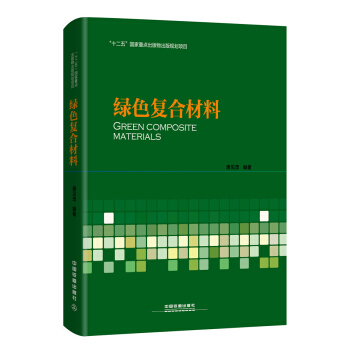

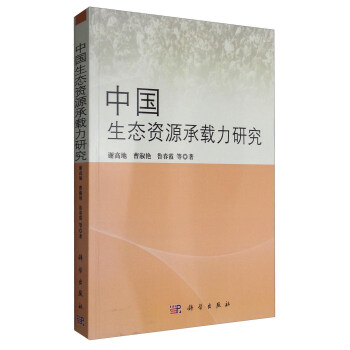
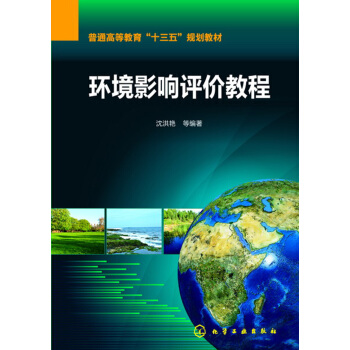
![數學建模與MATLAB應用 [Mathematical Model and MATLAB] pdf epub mobi 電子書 下載](https://pic.tinynews.org/12071000/58367fa2Nc0fd1a9b.jpg)
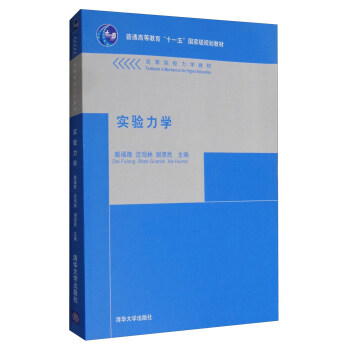
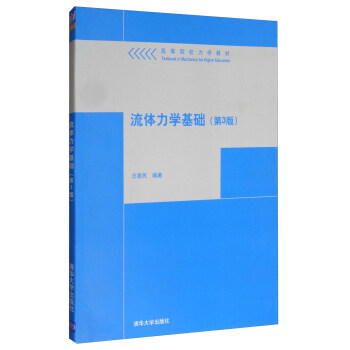
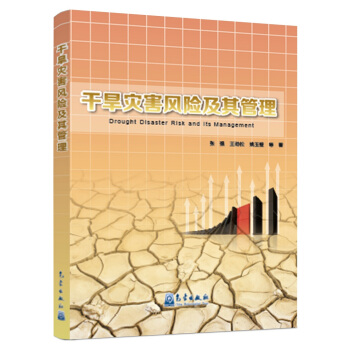


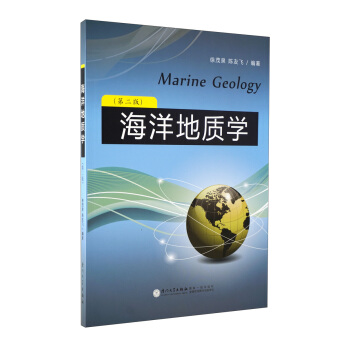
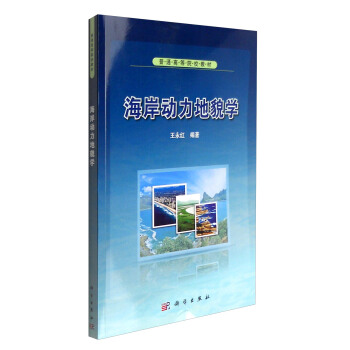
![蛋白質納米技術:方案、儀器和應用 [Protein Nanotechnology Protocols,Instrumentation,and Applications] pdf epub mobi 電子書 下載](https://pic.tinynews.org/12079644/584510f2Na938d9d7.jpg)
